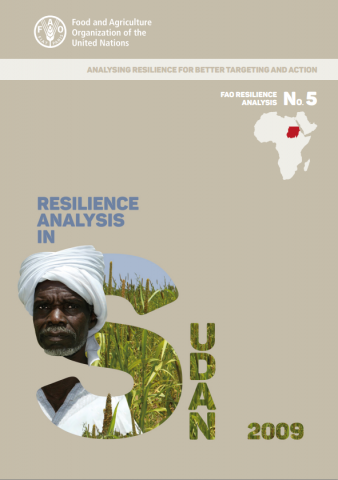Resilience Analysis in Sudan 2009


This household resilience analysis examines differences in resilience capacity and resilience structure between female- and male-headed households, and between regions. This analysis aims at providing programming and policy guidance to policy makers, practitioners, UN agencies, NGO and other stakeholders by identifying the key factors that contribute to the resilience of households. It is largely based on the use of the FAO Resilience Index Measurement and Analysis (RIMA) tool.
Key highlights include:
– Household resilience has been found to be highly influenced by income and dood access (IFA), access to basic services (ABS), assets (AST).
– There are apparent disparities in resilience capacity between regions.
– Minor differences in the resilience score of female- and male-headed household have been found.
The results of this resilience analysis show the need to focus on developing basic infrastructure and agricultural sectors. The most pressing infrastructure challenges lie in the water and transport sectors. Evidence suggests that considerable effort should be given to the development of rural areas, specifically to improve rural households’ access to quality facilities, such as potable water and public electricity.
FAO, 2016
Online Report
http://www.fao.org/3/a-i5434e.pdf
